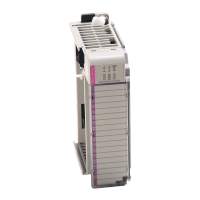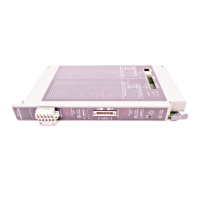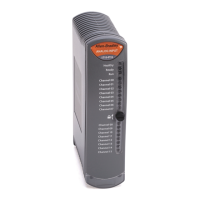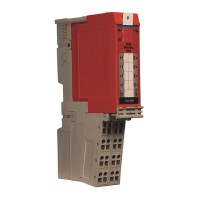1 Publication 1769-UM002B-EN-P - July 2005
Glossary
The following terms and abbreviations are used throughout this manual. For
definitions of terms not listed here refer to Allen-Bradley’s Industrial Automation
Glossary, Publication AG-7.1.
A/D Converter– Refers to the analog to digital converter inherent to the
module. The converter produces a digital value whose magnitude is
proportional to the magnitude of an analog input signal.
alternate last state – A configuration selection that instructs the module to
convert a user-specified value from the channel fault or program/idle word to
the output value when the module enters the fault or program mode.
analog input module – A module that contains circuits that convert analog
voltage or current input signals to digital values that can be manipulated by the
processor.
attenuation – The reduction in the magnitude of a signal as it passes through
a system.
bus connector – A 16-pin male and female connector that provides electrical
interconnection between the modules.
channel – Refers to analog input or output interfaces available on the
module’s terminal block. Each channel is configured for connection to a
variable voltage or current input or output device, and has its own data and
diagnostic status words.
channel update time – The time required for the module to sample and
convert the input signals of one enabled input channel and update the channel
data word.
common mode rejection – For analog inputs, the maximum level to which a
common mode input voltage appears in the numerical value read by the
processor, expressed in dB.
common mode rejection ratio – The ratio of a device’s differential voltage
gain to common mode voltage gain. Expressed in dB, CMRR is a comparative
measure of a device’s ability to reject interference caused by a voltage common
to its input terminals relative to ground. CMRR=20 Log
10 (V1/V2)
common mode voltage – For analog inputs, the voltage difference between
the negative terminal and analog common during normal differential
operation.
common mode voltage range – For analog inputs, the largest voltage
difference allowed between either the positive or negative terminal and analog
common during normal differential operation.
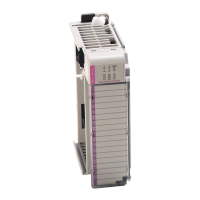
